Flocks
at Dawn - Bolivar Peninsula
I’m having a child in Septemberi.
I’ll be a father for the first time. That may seem an odd
introduction to a post about birdwatchingii.
Like everything else in my life, however, I think the two things are
about to be intrinsically linked as my time for all this side pursuit
becomes a far distant priorityiii.
Not that I’m done with the hobby, just that the amount of my time,
effort and mental energy I can dedicate to it are about to change
fundamentally. With a child on the horizon, it’s not likely that
I’ll have this combination of time and energy again anytime soon,
so I am aiming to make this year a good oneiv.
Given this realization, my pursuit of feathered creatures up and
down the Coast for the better part of the last month and a half has
been in the perspective of a last hurrah. As last hurrahs go,
however, it was fairly epicv.
Though
maybe not THIS much of a hurrah...
I’ve written in years past (2009,
2010,
2011,
2012)
about my experiences with the odd, rambunctiousnessvi
of the spring bird migration season on the Texas Coast. As millions
of migrating neotropical birds funnel through the upper Texas Gulf
Coast, a corresponding storm of retirees, ornithologists and their
ilk, enthusiasts, and unapologetic madmenvii
rush to the coast for brief glimpses of a tapestry of feathered
blazes of color. People literally travel the width and breadth of the
land, across the US and from other countries, to descend on
ramshackleviii
coastal towns. It’s exciting in about the most odd way something
can be exciting. As much as I’ve played an enthusiastic role in
this khaki-colored torrent, I can also step back and realize the
inherent humor in the scale and intensity displayed in our pursuit of
four inches of bird.
A
dozen men looking excitedly at the sky...it's either Superman, the
Rapture, or a warbler.
Got
a flat surface? We will make a list on it.
Since this would be likely be my last
big migration season for a while, I tried to make it a one
sufficiently robust to go out on. My personal goal is to see about
300 distinct species this year. I knew that a vastly disproportionate
number of them would be crammed into the month and a half period
between late March and early May. So, armed with a new
lensix
I trudged through blistering prairie, mosquito-infested wetlands,
down lonesome beaches, and about every other type of habitat we’ve
got (which is no small thing here in Houston) in search of all things
avian.
Some
of the various terrains over which the Mazda Corporation and I have
vehemently disagreed upon in regard to the intended uses of my Mazda
3.
Other
things live where the birds are. For example, this deadly Cottonmouth
next to my foot.
From my
trip out to Balcones Canyonlands National Wildlife Refuge near Austin
at the start of the season, to my final Big Day sojourn to the Mecca
of High Island in the oil wilds of the Upper Coast, I worked this
season hard. I worked it like it was my job. I worked it like
a particularly unloved redheaded stepchild. In the month of April
there was literally only one or two days in which I did not at least
go to the small urban park near work for a lunch hour stroll armed
with binoculars.
A
range of locales: Balcones Canyonlands, Russ Pittman Park, Bolivar
Peninsula, High Island
In all, I traveled about 1375 miles
specifically for migration birding. That’s equivalent to driving to
Detroit from Houston, or driving back and forth across the entire
state of Texas. That’s about $150 in gas alone. I visited 16 public
lands by myself, with seasoned veterans, or as a hike leader,
including 2 State Parks, 5 National Wildlife Refuges/Refuge units, 3
Audubon sanctuaries, and 8 local parks. The final result was about
215 distinct species, 32 warblerx
species, 15 species I had never encountered beforexi,
and thousands of individual birds. On the last day of the season I
photographed my 350th lifetime speciesxii.
Then I photo’d my 351st, then my 352nd, and
so on. But the numbers really don’t tell the story. Simply walking
around noting birds on a list bores the hell out of me. The unique
encounters, experiences, locales, and moments with characters in the
field are the things that keep me coming back.
Here are some of my favorite moments,
interspersed with some of my favorite photos and videos, of the
season :
- Meeting and getting a chance to hang out with several people in the field who had literally “written the book” about bird species migration on the Texas Coast.
Close encounter with a Black-throated Green Warbler
- Joining an overblown cliché of a young Scotsman, with an accent straight out of Trainspotting, for a brief, deadly serious hunt for birds. His mind was so blown upon seeing a Wild Turkey (somewhat rarer in these parts) that he was given over to total euphoria, jumped up and down, high fived me repeatedly, and all but hugged me in his exuberance. You have to respect that sheer
lack of ironyjoy in what he does. It was infectious.
- Contemplating the Mazda Corporation’s reaction to the sheer disdain and lack of anything resembling concern for my little Mazda 3 as I drove it at barreling speeds down forgotten beaches, over rough prairie terrain, and, most dangerous of all, down surface streets in Houston. Call me crazy, but I really think the little fellow almost cracks a joyous smile sometimes at surviving the ridiculous terrain I send him over.
Orchard Oriole on Coral Bean, Quintana, TX
- Getting to hang out with my father-in-law for an impromptu bird hike in an arboretum.
Lincoln's Sparrow, Memorial Arboretum with Dad McColgin
- Driving through a cloud of dust from a field being plowed, deep in rural east texas. As the dust cleared, I realized I was surrounded on all sides by the largest gathering of hawks I’d ever seen. Hawks of about every local species had come in to feast on the rodents driven out from the vegetation as the field was plowed. It was almost eerie to see their sharp and motionless shapes appear one by one out of the gloom, like sentinels all around me.
Sentinel - Swainson's Hawk
- Forgetting about the birds for a moment for a solitary drivexiii down the near-abandoned beach at Quintana on a beautiful spring day, with the breeze coming off the ocean as the sun set.
Deserted beach at Quintana
- Getting the chance to lead groups on hikes in various locations, and learning that it’s not necessary to know more than everyone else on your guided tour as long as you’re sufficiently confidant and excited. “Often wrong, but never in doubt”, as one of my mentors intones.
Blurry, but first time pictures of two life bird – the endangered Golden-cheeked Warbler, and my one-time nemesis, the Cerulean Warbler.
- Being really happy, without a trace of bittersweet, about the poetic justice in reaching my longtime goal of 350 species in what is likely my last active season for a long time.
The
unappreciated awesomeness of “ordinary” or unexcitedly colored
birds posing perfectly (Swainson's Thrush, Summer Tanager,
Great-tailed Grackles, Semmipalmated Plover, Rose-breasted Grosbeak
female, Herring Gull in the Surf.)
- Watching the day break over the Gulf of Mexico as I ate breakfast in the field, on an isolated sandbar, shorebirds scurrying around me by the thousands, circumnavigating a flock of Pelicans holding court.
Daybreak
on Bolivar Flats
Kingdom
of the Pelicans
- Being in the middle of a fallout, sitting absolutely still on a path with a couple of old birders for an hour or more, as birds literally swarmed all around us, several of which were new species for me.
Painted Bunting – Quintana, TX.
- Meeting a lot of great folks, including the young and shyly exuberant Paula who knows that a day in the field birding is no excuse to forget to be fashionable, and who gave me my very own bird nicknamexiv. She and her father Paul were some of my favorite new friends of the year.
Paula does her victory dance – Painted Bunting at last.
- My last full day in the fieldxv, in which I traveled completely around Galveston Bay, traveling over 250 miles for a 16-hour day of birding.
Tiem
to stretch after a long trip - Willet, San Luis Pass
It was a great, rollicking seasonxvi,
and a great one to go out on. For now, at least… ask me again next
Spring.
NOTES
i
Well, not literally of course… I mean, my wife is actually doing
the heavy lifting on that bit.
ii
I know the preferred term in some circles is “birding”/”birder”.
I still find that inherently silly on the surface, as I still don’t
think “to bird” is a proper verb, even given its fowling
origins. Even more so, I find some of the attitudes behind the
insistence on being called “birders” rather than “birdwatchers”
a little disturbing. There seems to be a deep-seated need among some
types of birders, to differentiate themselves from the common folk
who may enjoy birds in their backyard but not devote every moment of
free time and earned money to ticking species off a list. This is
hardly the case for all birders, but enough so that it warrants a
mention. The most staunchly insistent “birders” tend to be
listers…those who pursue birds almost to the point of obsession to
check them off lists. Don’t get me wrong, I keep a life list, and
have no issue with that. It’s just the level of effort and
intensity bound up in lists that gets out of control some times.
Life lists, year lists, county lists, patch lists…all good fun in
the right hands, but with an unfortunate tendency to become the
drivers, not the accompaniers, of the activity. Worst are those who
think themselves elite and look disdainfully down their noses at
amateurs as if there’s something inherently laughable at someone
just starting out, or who enjoys, but does not devote a lot of time
to, the hobby. The sort of person who literally looks down on
another person if their binoculars are not Swarovskis, etc. Anyone
who needs to make themselves feel better than others in order to
feel ok about themselves is missing the problem. Personally, I like
two things about the hobby: 1) the photography challenge it
presents, and 2) the chance to watch wildlife. I really am into this
for the watching, not just the sighting, but actually just the
primal, childish is you must, joy of just watching something else
alive on the planet with you do its thing. I have no special love
for birds, moreso than other wildlife; we just have a lot of them
down here on the coast. I do not have a special love for lists, or
for establishing my identity based around my hobby. I certainly have
no desire to ever think more highly of myself than someone else
based on the gear around my neck or how jaded I am on seeing common
birds. I know a lot of great “birders”. I also know a lot who do
a disservice to their occupation. If calling myself a birder means
getting lumped in with the latter, I’d rather just call myself a
birdwatcher. Some may make the argument that because we do a lot
more than watch…we listen more than anything else, then
birdwatching is just a plain incorrect appellation. I will be the
first to agree that the key element in birdwatching is listening for
cues to location, but I’ll believe we’re really there for the
listening when I see people spending as much on hearing gear as they
do on binoculars and cameras. Listening serves the watching, not
vice versa. So I remain a birdwatcher, hopefully with the humility
that implies. Wow this is a long footnote.
iii
Which I am fine with. It’s time. I don’t regret the change, just
recognize it.
iv
Some people (see note 1 for my general disdain for listers) would
judge the value of a year in the field by sheer numbers. While
that’s a nice indicator, for me the satisfaction of a good field
year is the quality of the observations, and the related
experiences.
v
Insomuch as that word can be applied to birdwatching. Which is to
say, only arguably so, and not without being accompanied by a
sufficient level of shame, delusion, or spirits.
vi
A term which is oddly but indelibly linked to Theodore Roosevelt in
my mind. I think it’s because I once described his writing style
as being akin to a mix of scholarly study and rambunctious
Tyrannosaurus. Now I can’t use that word without picturing him.
vii
As opposed to Mad Men. Although I’m now picturing Don Draper
birdwatching. Suited, scotch on one hand, binoculars in another,
spewing some undeservedly brilliant copy about an Indigo Bunting or
something..”It’s not about the bird, it’s about the feeling.
It’s about the childhood wonder. Do you get that from an Sparrow?
No. No one’s going to buy your binoculars because of a sparrow.
That’s commonplace. That’s their lives 7 days a week. They want
to touch the mysterious. They crave to be in contact with that deep
well of what they can’t have. They want to go out and see
something that reminds them they’re alive and life has more to
offer than the everyday. ‘Indigo Bunting – everything else is
just a sparrow’.” Then he drinks some more and hits on a buxom
field biologist. Don Draper would be a birdwatcher’s birdwatcher.
I would go birdwatching with Don Draper.
viii
This may conjure up images of quaint little New England tourist
towns on the shore. Strike this image from your mind. When I say
ramshackle, I mean ramshackle in the sense that these are often
places-that-time-but-not-the-petrochemical-industry forgot. Also,
places where there may very well have been, at some point in time,
incidents involving rams and shackles. Best not to pry too deeply.
ix
A slightly older Sigma 400mm f/5.6 AF (non-APO), for those keeping
track. A workhorse of a lens, though not of exceptionally high
quality. Solid as a rock, but lacking in sharpness unless stopped
down. In retrospect I should have tried to dig up an APO version on
Ebay. To its credit, its performance in good light is exceptional
for its price, but it suffers in low light. Still, a 400mm prime
that is decent in decent light and can be easily handheld, for about
$275 used is ridiculous. I am straddling the fence on choosing
between staying with Pentax, and moving to Canon/Nikon, so I didn’t
want to invest a lot in a “better” telephoto lens for Pentax if
I was going to abandon the system next year. This was a good
compromise lens for the mean time.
x
The odd little rockstars of migration birding
xi
Or, “lifers”, to the birdwatchers. Yet another term that is
equal parts awesome and unintentionally hilarious.
xii
An informal life goal for some time. When I originally dipped my
toes in the murky waters of birding, it was primarily because I
loved the natural world and wanted to increase my knowledge about
this aspect of it. Partly, it was a matter of circumstances…I
found myself in an area renowned for its avifauna, but not a whole
lot else, naturally speaking. So birds it was. Since about 300-500
species are regularly seen during the course of the year in the
Houston area, I thought learning and photographing 350 birds (a
seemingly insurmountable number at the time) would be a significant
milestone in getting a grounding in popular ornithology. The sad
thing is that when we first moved to Houston, I was out hiking with
a photography group, and one somewhat socially awkward fellow
exclaimed to me in an odd mixture of self-conscious pride that he
had photographed 350 bird species. At the time I remember thinking,
“ok, great. How’s that working for you?”. F&*^ you, irony.
xiii
As I’ve mentioned in previous posts, we can drive on beaches in
much of Texas. And by “drive” I don’t mean, carefully pick our
way along a precious habitat. I mean, barrel down the tide line in
souped-up 4X4’s crushing anything not fit enough to survive itself
the hell out of our way, because f^#% you, nature, that’s why.
That being said, and with the proper amount of environmental guilt,
it is a fantastic experience to cruise down a beach with no one else
in sight for miles.
xiv
Yellow-crowned Night Heron. I am unsure why. But I accept it with
pride.
xv
This “Big Day” will be the subject of a later post
xviWith
many thanks to Bill Godley, David Heinecke, Bob Schwartz, Mary Ann
Beauchemin, Jim Hinson, Fred Collins, Brazos Bend bird hikers, Paul
and Paula, David Sarkozi and Texbirds, the unnamed scotsman, and my
long-suffering wife Kate.

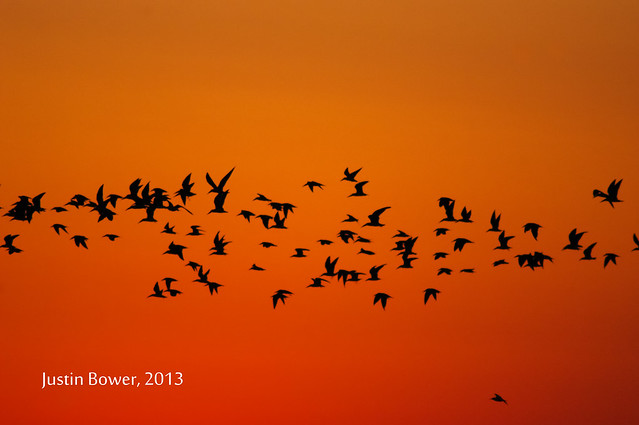
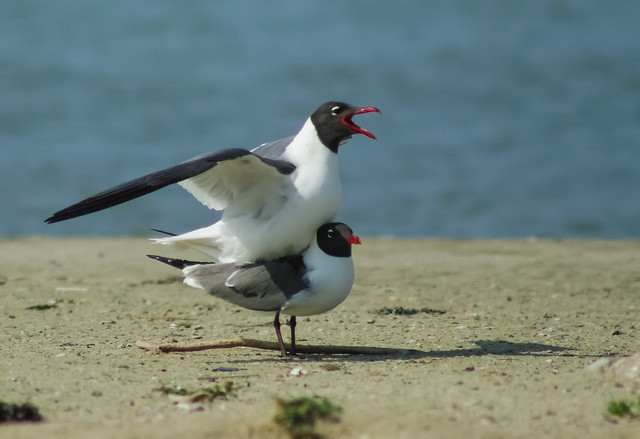
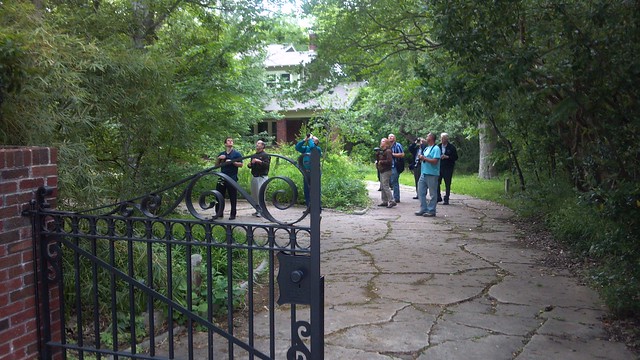
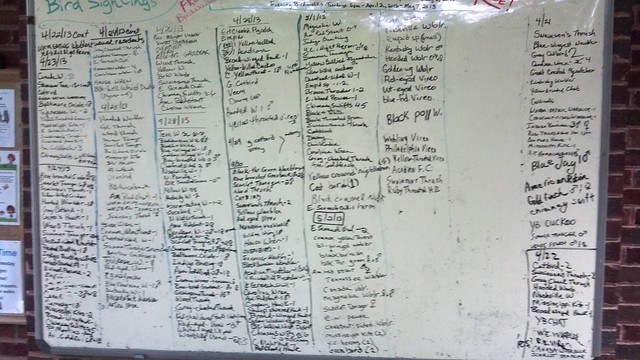
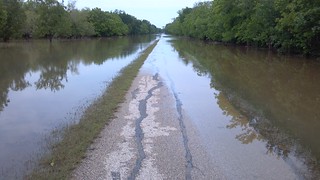
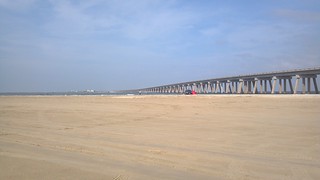

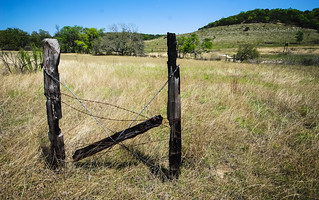

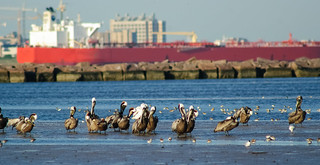

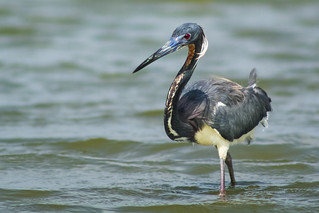
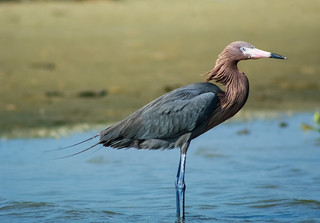
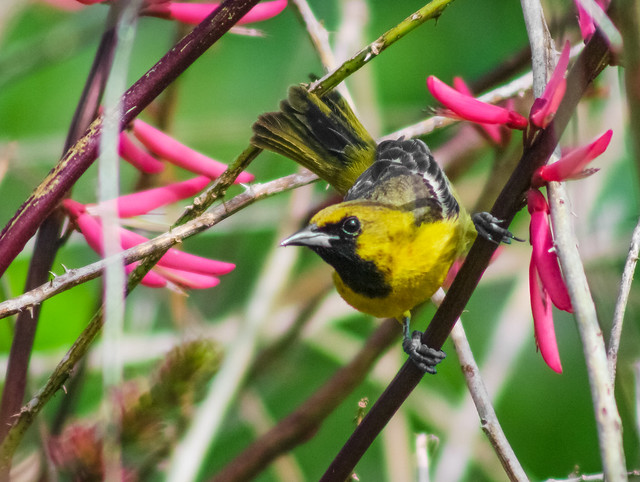
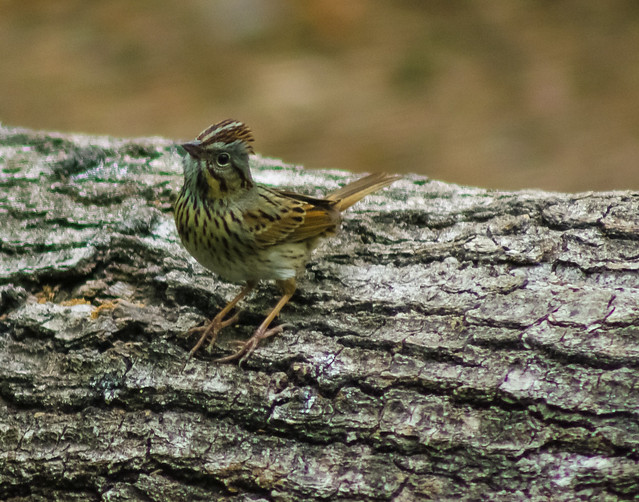
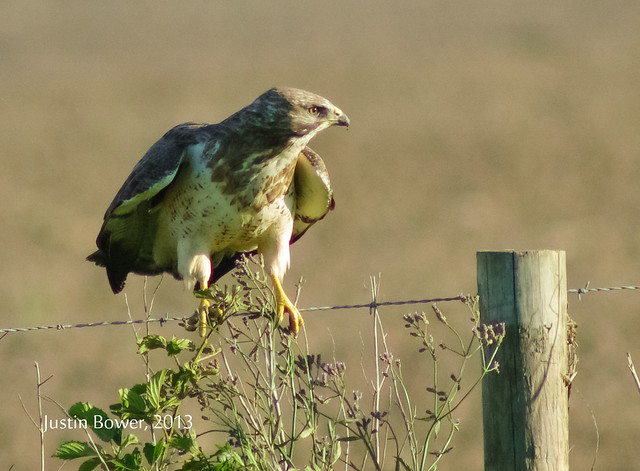
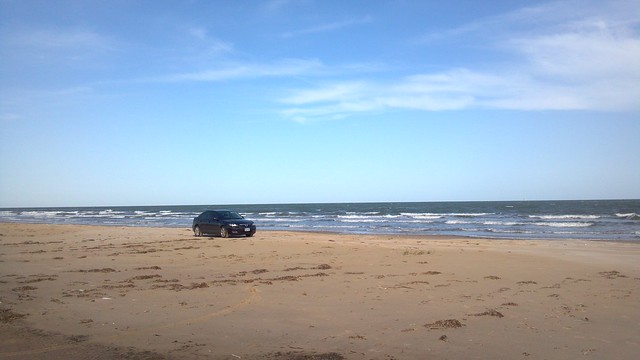
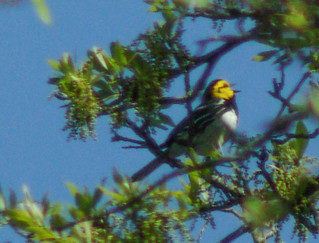
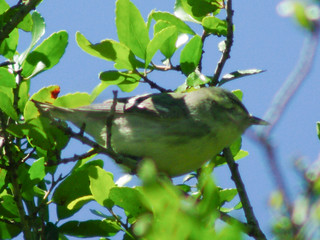

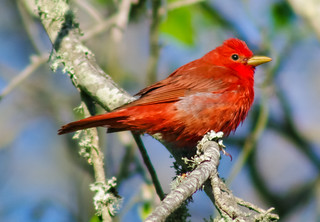
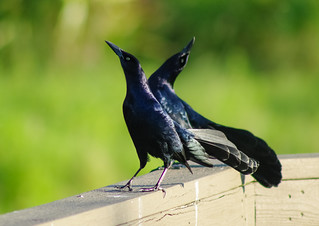

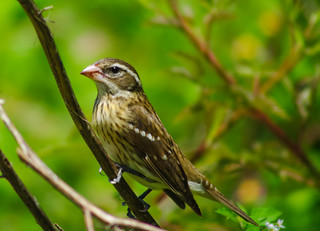
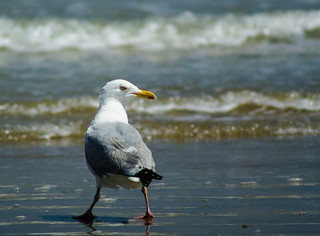
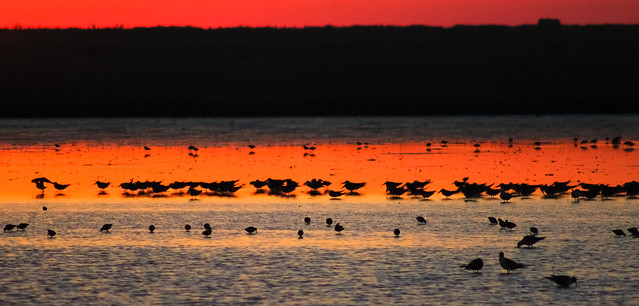
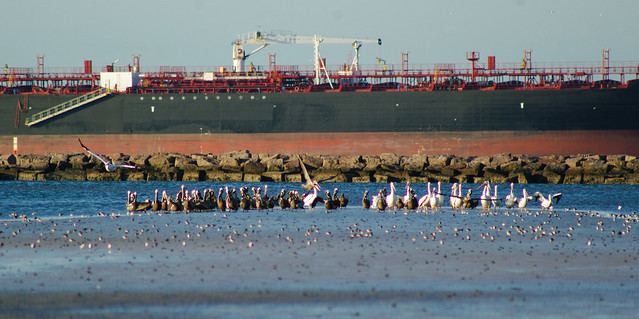
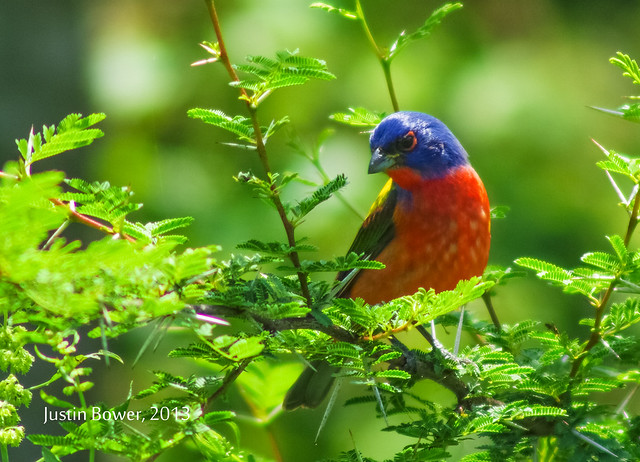
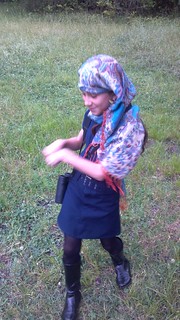
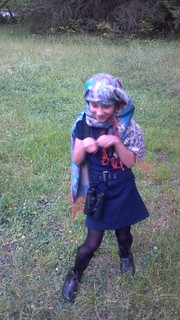
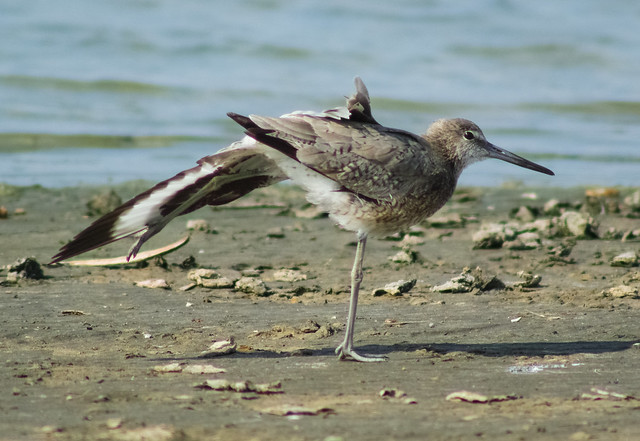
No comments:
Post a Comment